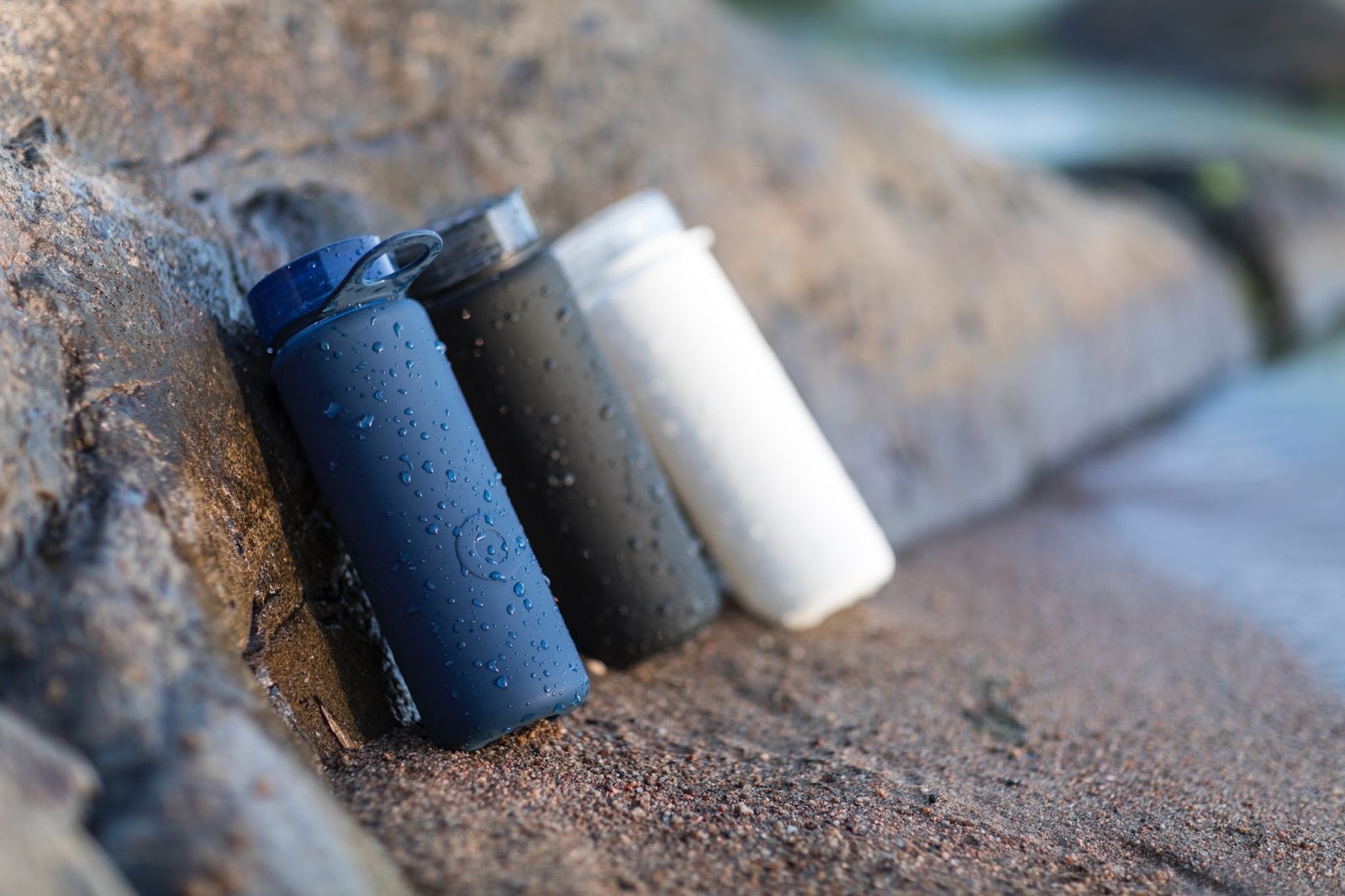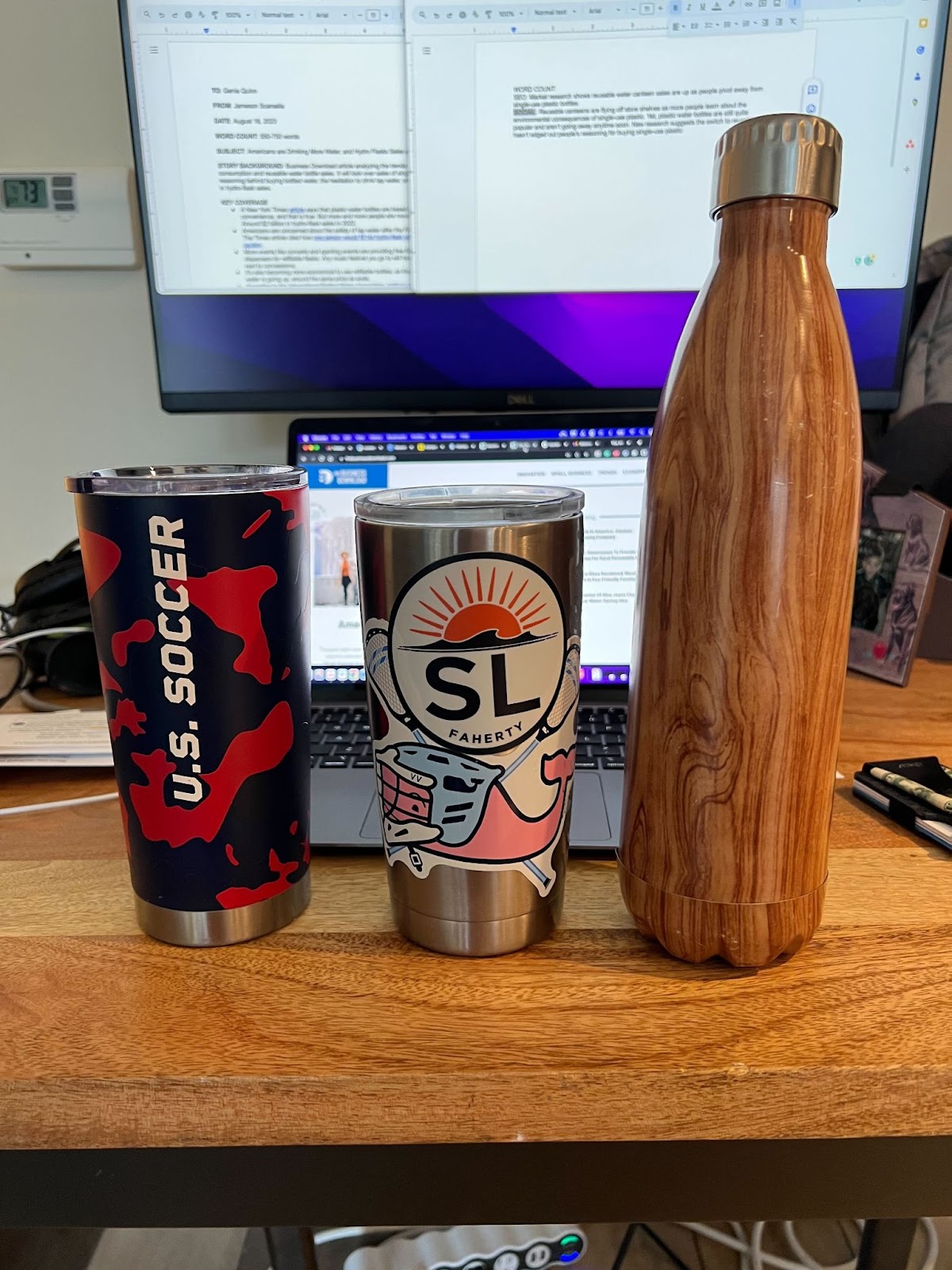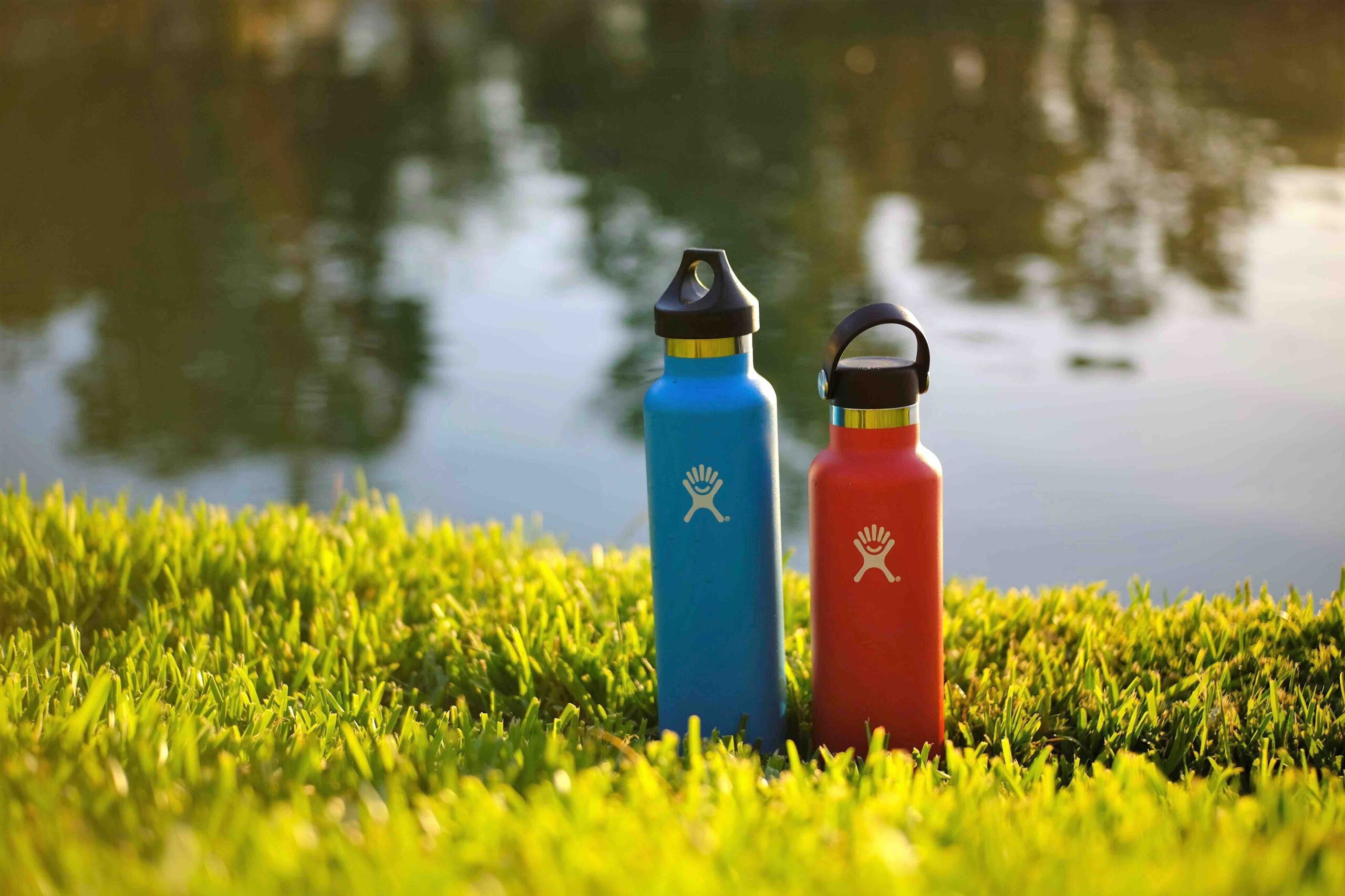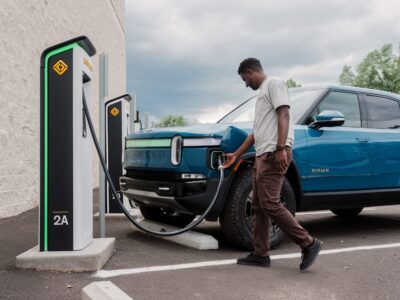More people are transitioning to reusable products to reduce their carbon footprint. Refillable water bottles are experiencing a boom as new research suggests the market for these items could reach incredible heights by 2032. At the same time, Americans are still buying single-use plastic bottles at high rates. It’s a strange paradox, but there’s some solid reasoning for this trend.
A New York Times article says plastic water containers are still being bought based on their convenience. The Times interviewed several people who supported the use of reusable canteens. According to Greg Williamson, CamelBak president, more than $2 billion in refillable bottles were sold in 2022.
In addition to convenience, the Times also cited how some people fear drinking tap water after the Flint, MI, water crisis. They gave an example of one person who filled his canteen with bottled water out of caution.
More events like concerts and sporting events provide free filtered water dispensers. Most music festivals have hydration stations next to concessions. They also offer water at drink stands, but many have switched to Liquid Death’s, a canned brand.

Photo Courtesy Bluewater Sweden
Bottled water prices have also gone up, so switching to metal or reusable containers may be more economical in the long run. Bottled water cost varies by location, but it has grown as sales have increased. According to the International Bottled Water Association, the beverage made around $46 billion from sales in 2022. Figures published in a press release say 15.9 billion gallons were sold in 2022.
“People are choosing to drink bottled water because it is a healthy beverage choice, having zero calories and no caffeine or additives, and it has the added benefit of packaging that is 100% recyclable,” Jill Culora, the association’s vice president of communications, said in the press release. “Not only are bottled water containers 100% recyclable (including the cap), but they also use much less plastic than soda and other packaged beverages.”
The switch to water may be rooted in health, but the increase in canteen sales is based on efforts to reduce single-use plastic.
Grand View Research points out that more brands are building reusable bottles without BPA chemicals, and others are making them with recycled materials. Some states have even banned single-use plastic bags.
By 2030, the reusable water bottle market could increase by 4.4% annually from 2023 to 2030, according to Grand View Research. Ironically, plastic ones are the best-selling reusable containers available. Stainless steel and silicone are not far behind. Some of these bottles have better-insulating properties than plastic, keeping beverages hot or cold. They can be filled with coffee, tea, juice, and alcohol when appropriate.
According to Global Newswire, consumers also believe reusable containers have improved hygiene and safety. The ability to hold hot and cold liquids is much appreciated. Some governments are incentivizing refillable bottle manufacturing.
Of course, plenty of others use hydration flasks like this for outdoor recreation, exercise, sports, and staying hydrated throughout the workday. Young people are the biggest spenders on hydro-receptacles.
Further research notes North America had a 26.5% share of the global reusable water bottle market. If the 4.4% growth rate does occur, it could reach around $14.6 billion in sales by 2032.
There are also more brands to choose from than ever before, and access has never been easier. A tumbler or bladder is findable at any big-box store, sports retailer, online commerce, and supermarket. Major brand options include Swell, Klean Kanteen, Nalgene, CamelBak, and Yeti, as well as generic options that are more cost-effective.

Photo Courtesy Jameson Scarsella
Tap water may concern some, but more and more businesses and public locations are adding filtered fountains. Bottled water may not be phased out entirely, but more flasks in people’s hands may make an impact on plastic pollution.





